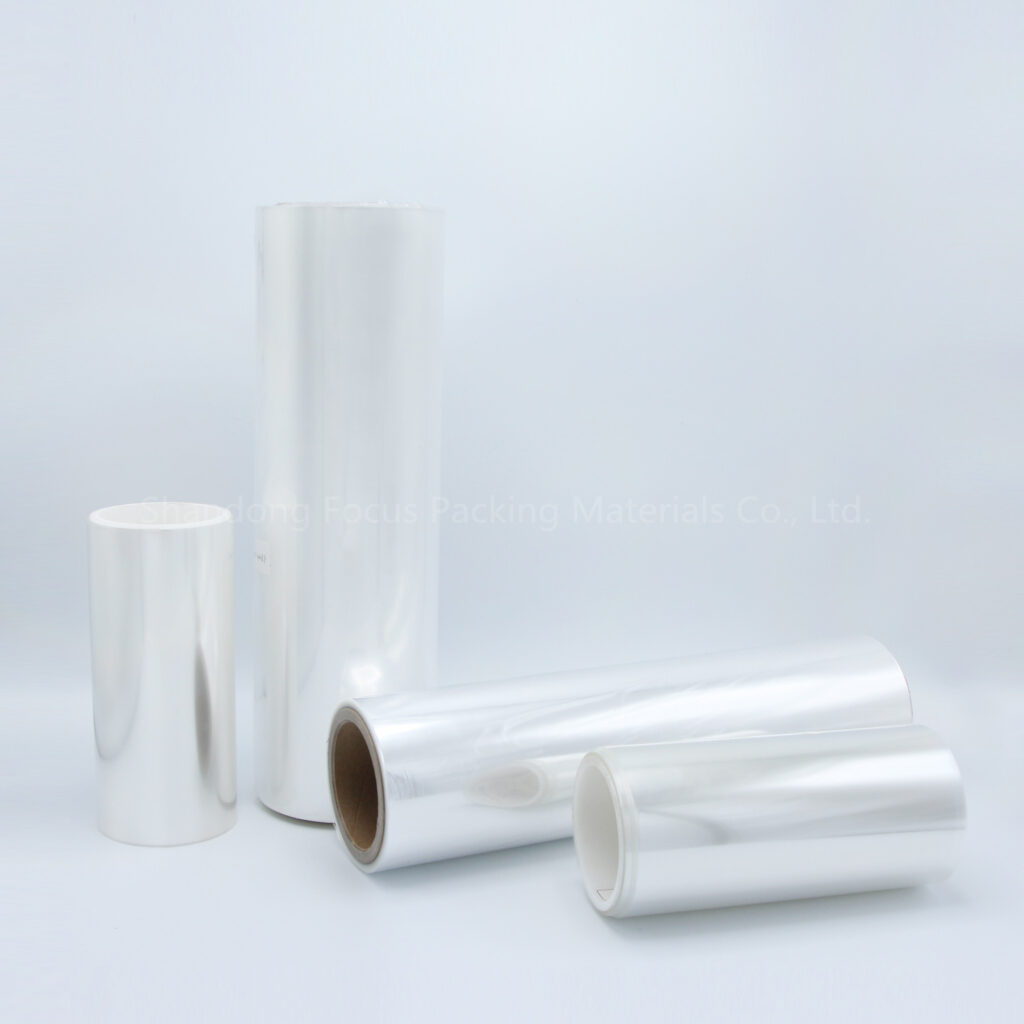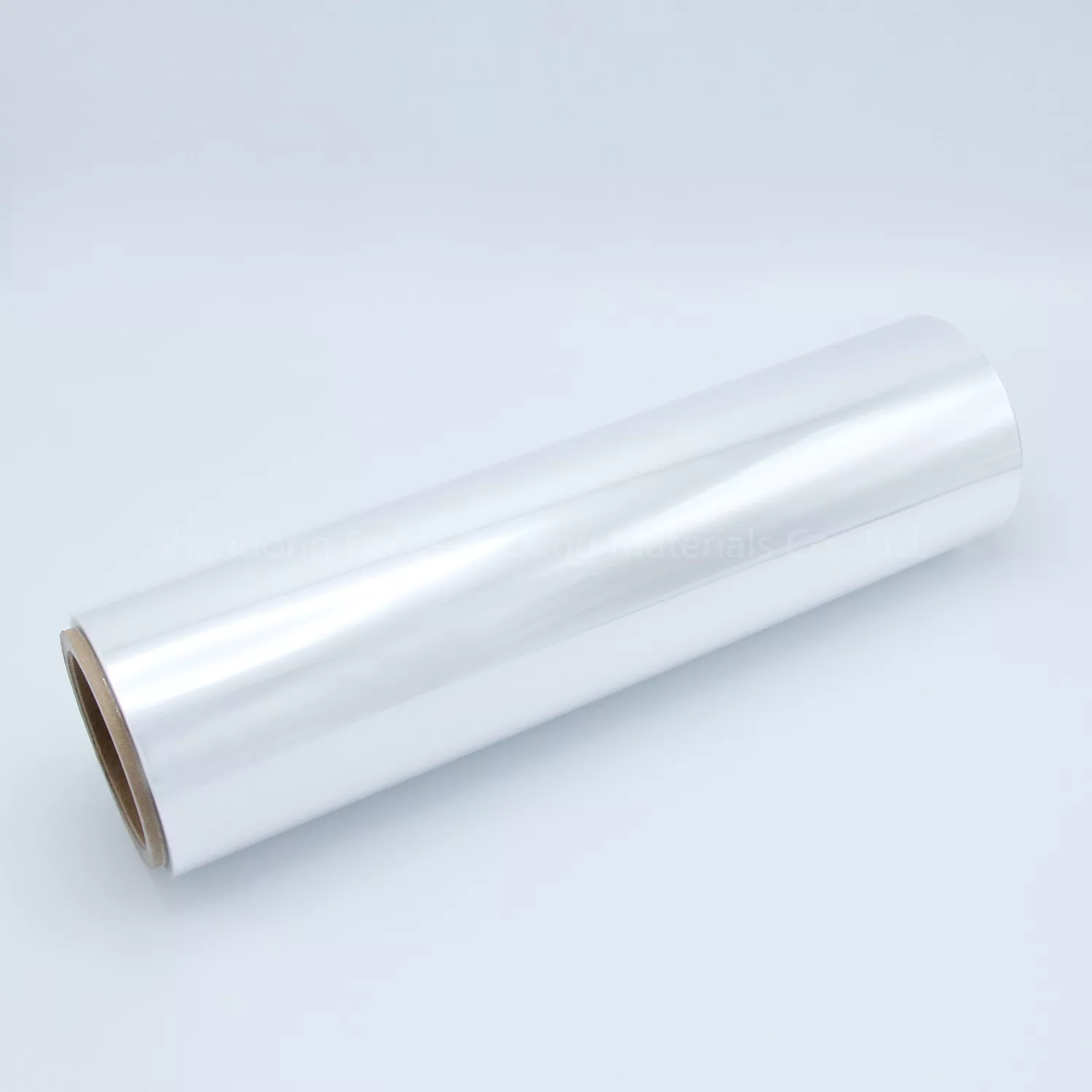The main raw material for PET sheet is random polyethylene terephthalate (APET).
(1) The performance of APET with intrinsic viscosity is related to the relative molecular weight, which is determined by the intrinsic viscosity. Low intrinsic viscosity, poor physical properties of the sheet, and low impact strength; High intrinsic viscosity, improved physical properties of the sheet, high impact strength, but poor flowability, high extrusion load, and difficult molding. Therefore, it is better to produce APET sheets with polyester resin with an intrinsic viscosity of 0.76-05.
(2) The melting point of homopolymers of PET is 263-265 ℃, while the melting point of PET copolymers varies greatly depending on the amount and content of co polymers used by different raw material manufacturers. Common copolymer materials include isophthalic acid (A), cyclohexanedimethanol (CHDM), diethylene glycol (DEG), etc. Generally, copolymer polyester resins with a melting point of 242-250 ℃ are selected, which have a low melting point, are easy to extrude, have a high crystallization temperature, slow crystallization speed, and facilitate secondary molding of APET sheets.
(3) Acetaldehyde content: Heating and decomposing polyester will produce acetaldehyde, which has a foul odor and toxicity, so its content is required to be less than parts per million
(4) The moisture content of APET resin directly affects its drying effect, and it is required that its moisture content be below 0.3%.
(5) APET sheets with yellow index are commonly used as visual packaging materials, requiring their L value of yellow index to be ≥ 85 and b value to be ≤ 0.5
(6) The content of carboxyl end groups and COOH can be used as an indicator to measure the thermal stability of PET. Generally, the carboxyl end group content is required to be less than 0.03mol/kgo. In addition, its thermal stability and crystallization properties should also be considered. PET is prone to thermal aging, which leads to a decrease in intrinsic viscosity and yellowing of color. The slower the crystallization rate of the polymer resin used for extruding APET sheets, the better.
In summary, PE991 from Eastman I in the United States was selected as the axial material for APET extruded sheets, with PET or PEC as the base material as the preferred masterbatch, and it should not affect the transparency of the sheet. The dosage is generally 2% to 5%. The selected additives are: anti sticking agent PETG6763047: release coating agent PET9921009 color masterbatch PET921C0; Antistatic agent SARMSTAT-G3360.







